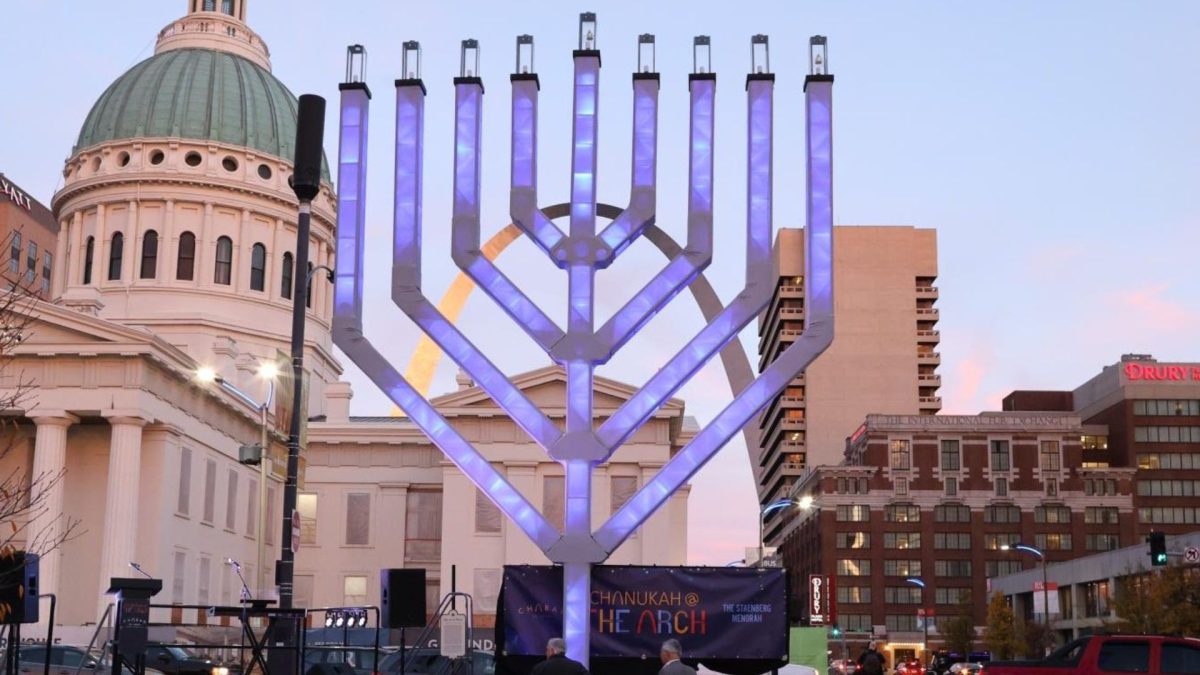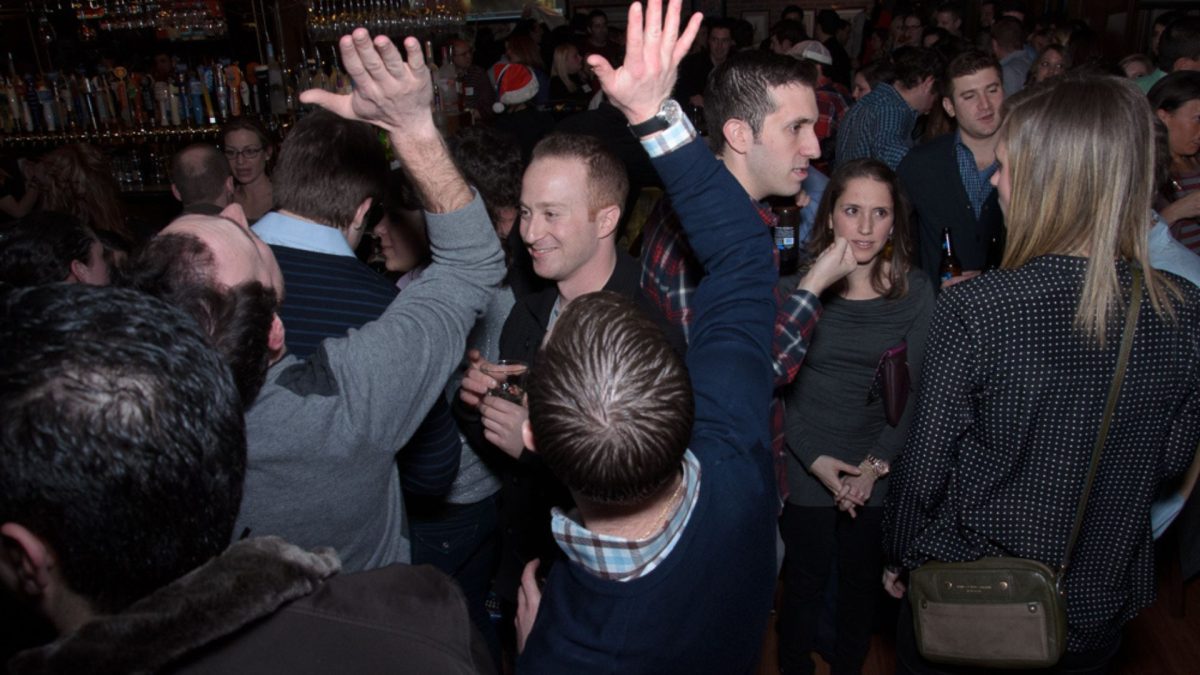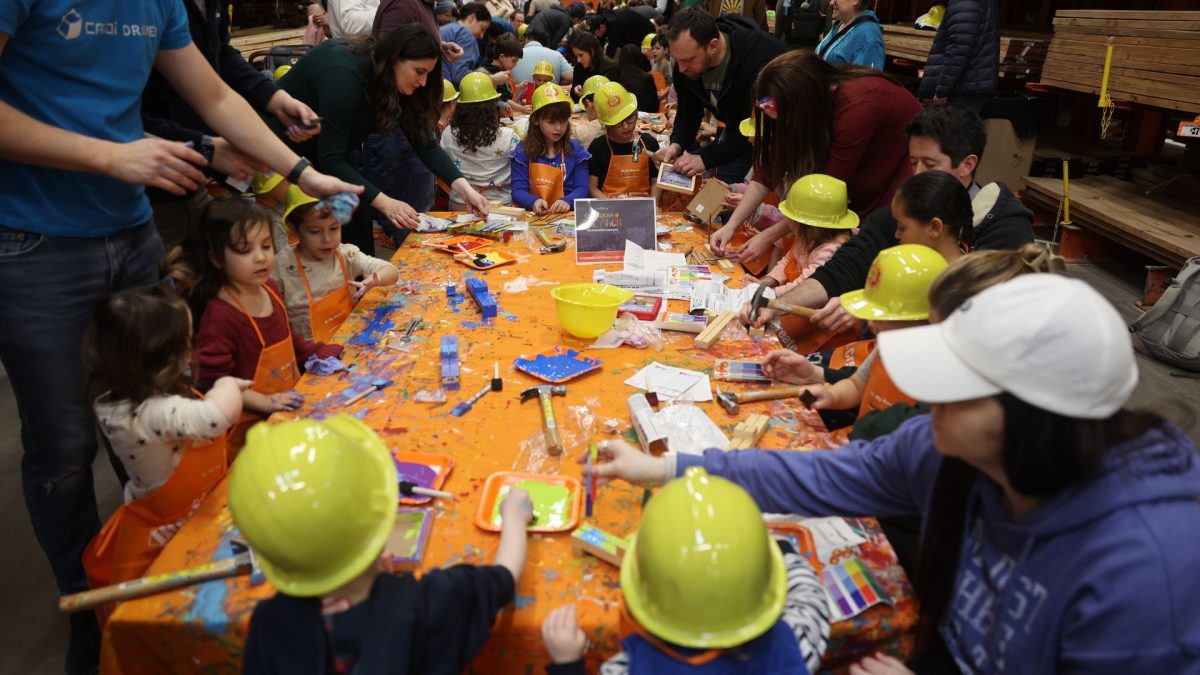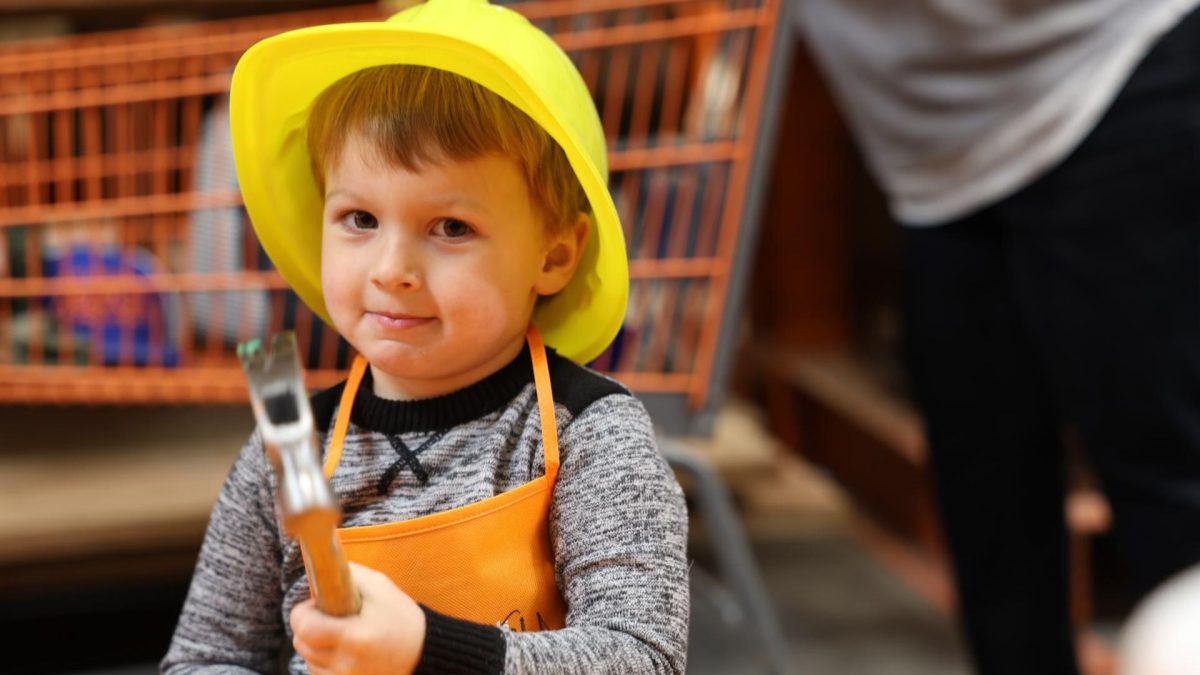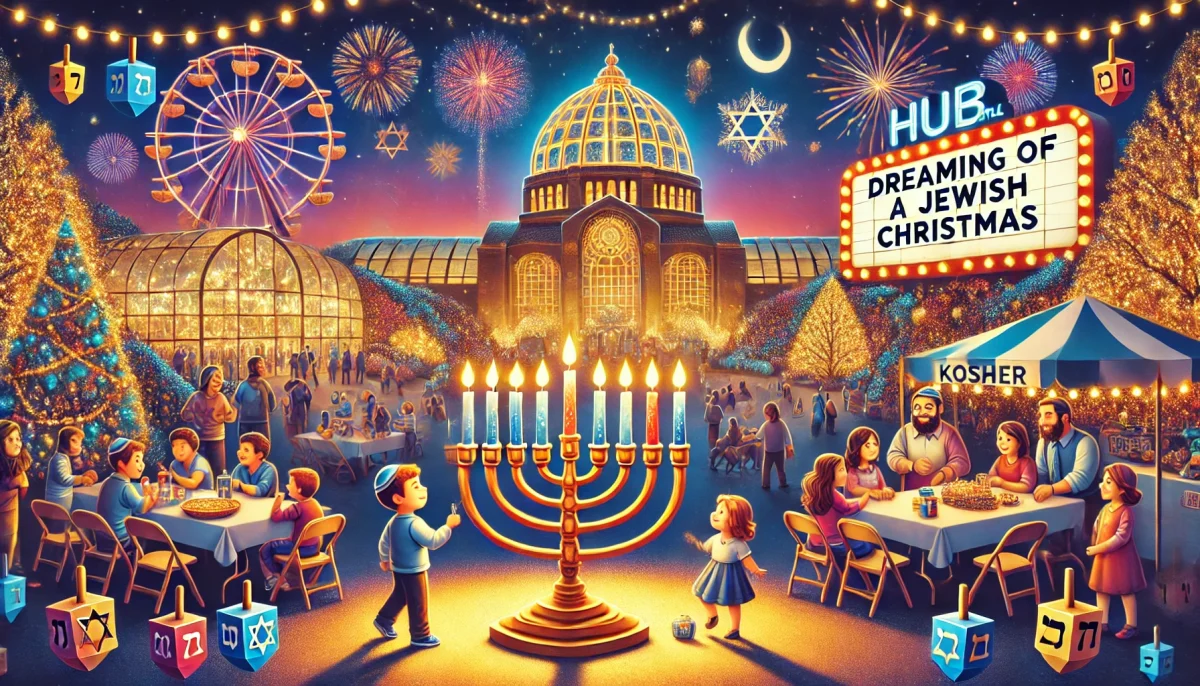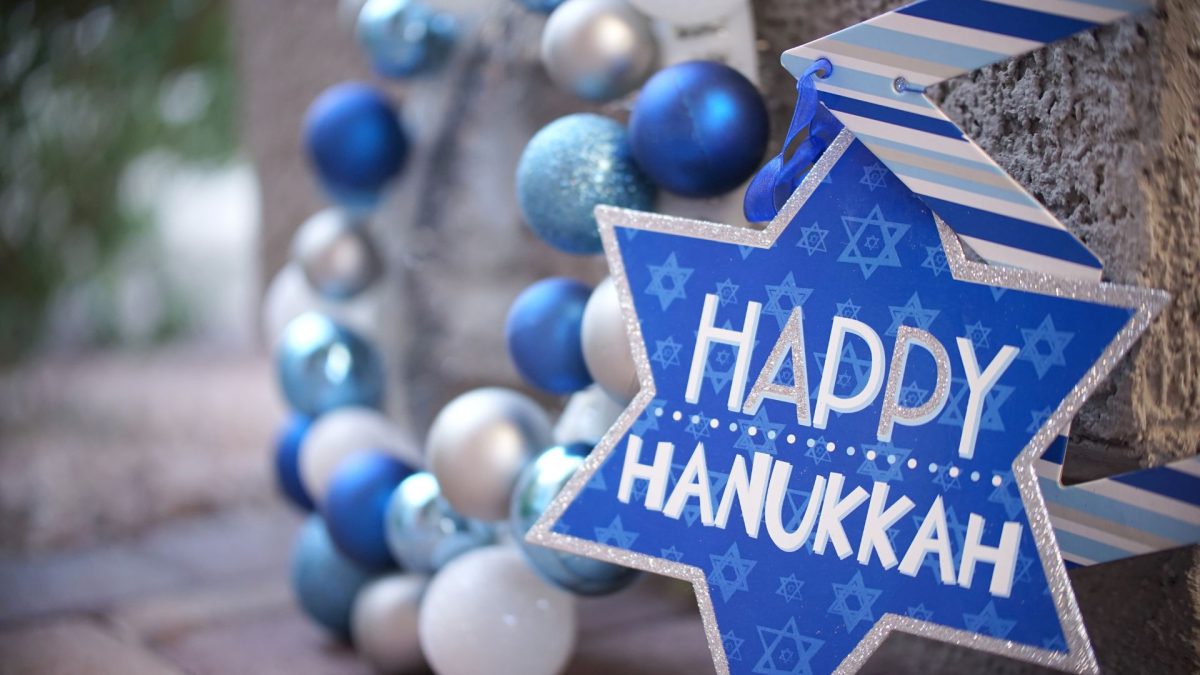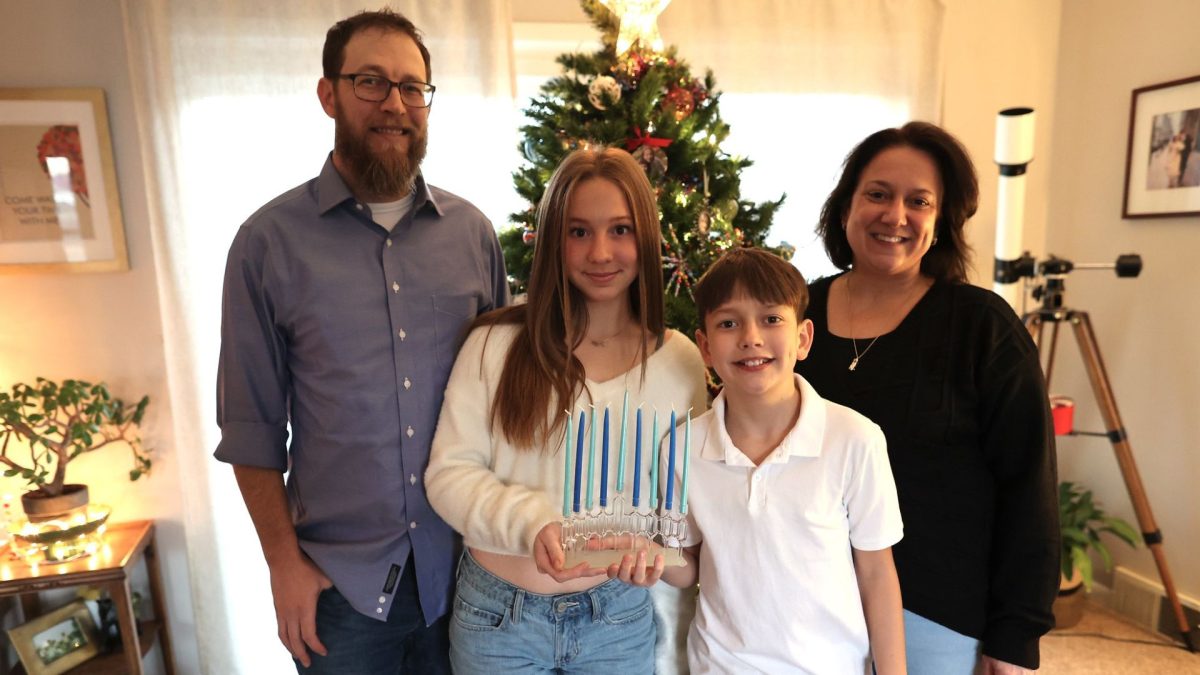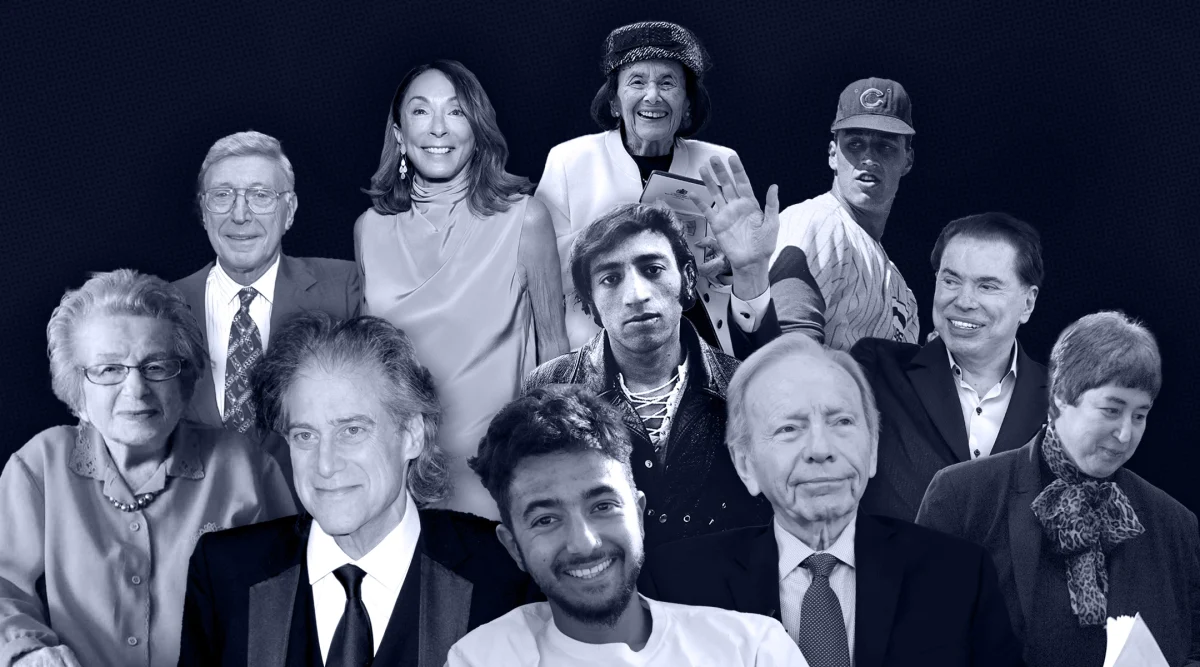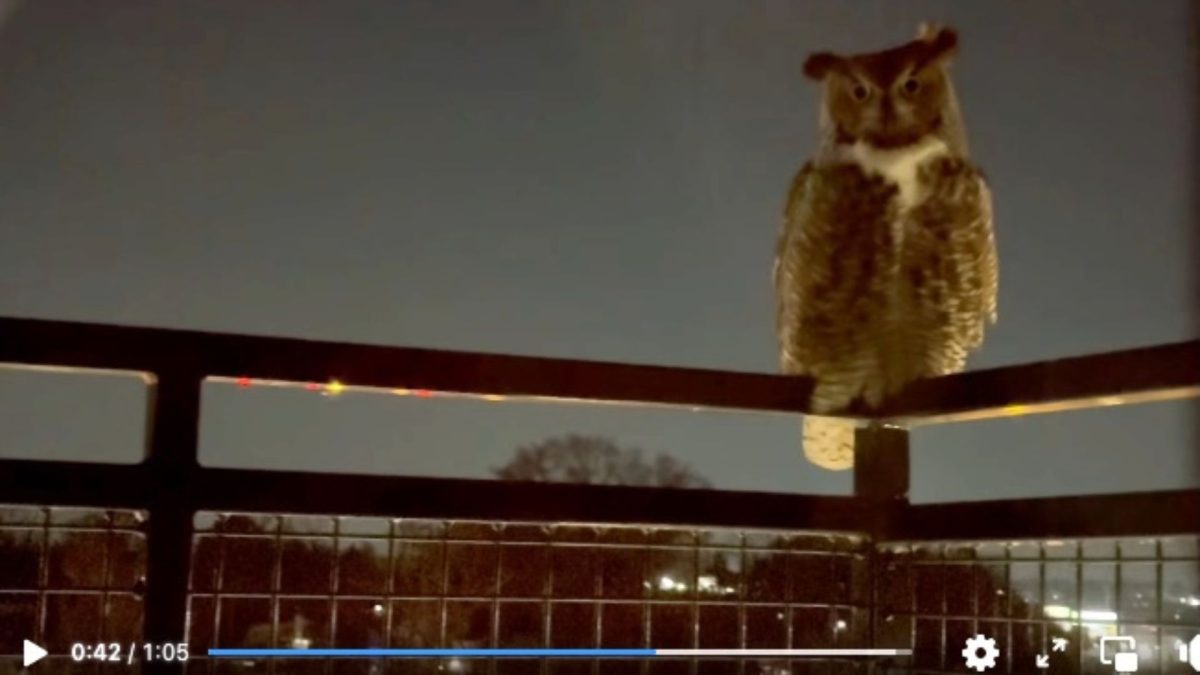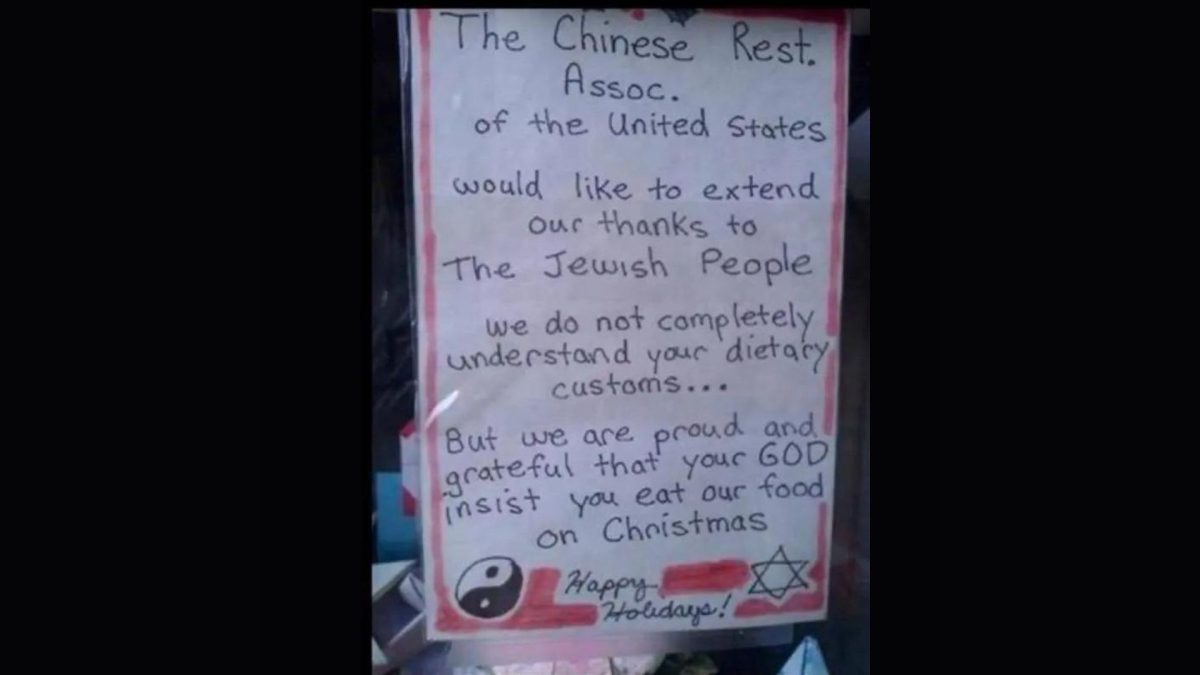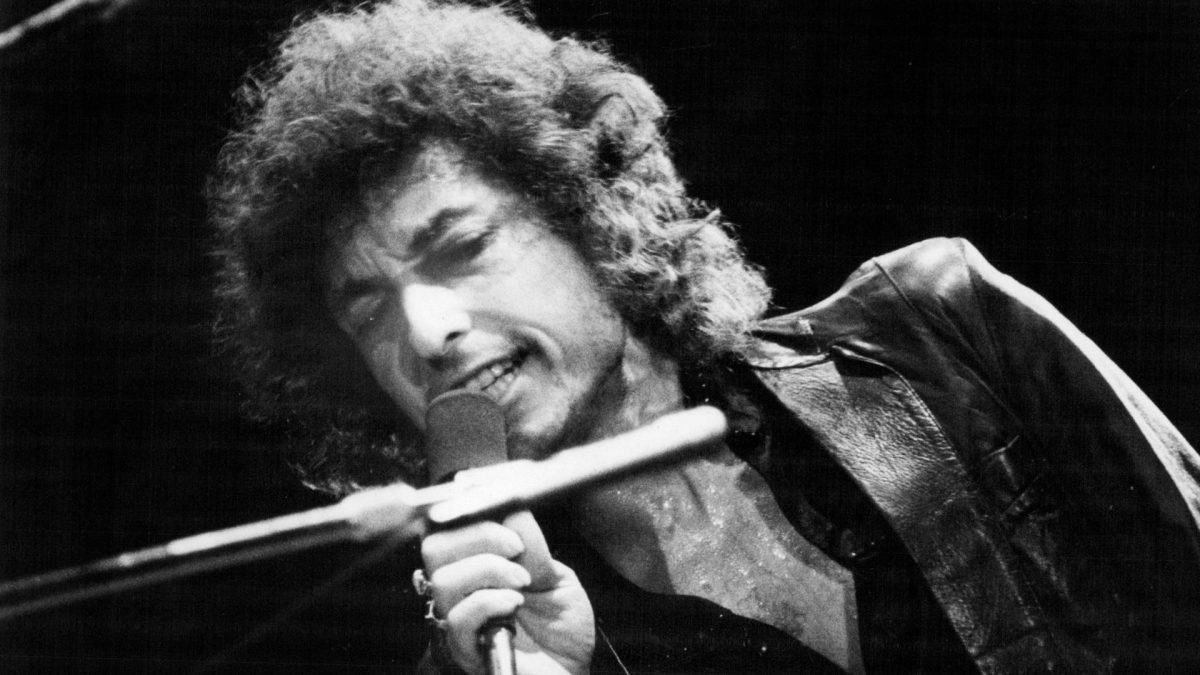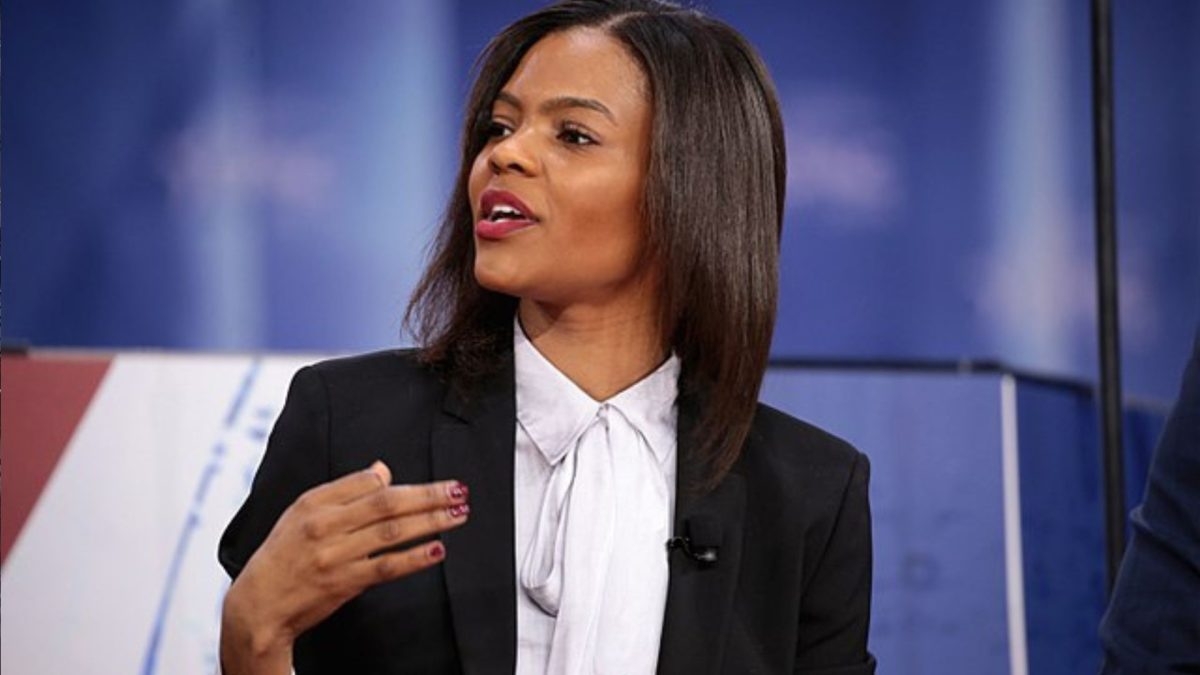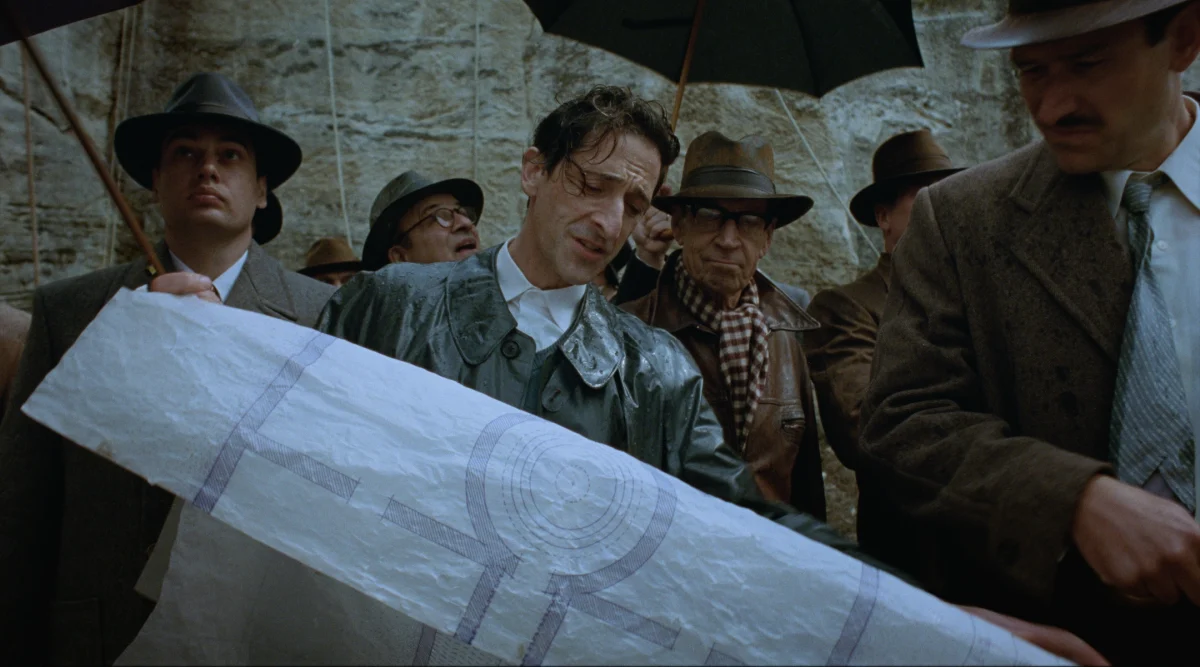This story was originally published in the Forward. Click here to get the Forward’s free email newsletters delivered to your inbox.
Gali Segal and Ben Binyamin, two young people engaged to be married, were among those dancing at the Nova festival when Hamas attacked. A terrorist lobbed a grenade inside the shelter where they were hiding, killing or injuring everyone inside. Gali and Ben miraculously survived, yet they each also lost their right legs. After months of rehabilitation, this past July they walked down their wedding aisle on prosthetic limbs.
In that walk to the chuppah, I find an answer to a difficult and profound question many are asking this year: How can we dance this Simchat Torah?
Simchat Torah is the annual celebration of the limitless joy found within Jewish life, law, and heritage. But our joy this year is shrouded by the dark massacre and many losses we faced this past year. How can we possibly dance with joy when our hearts are still heavy with mourning?
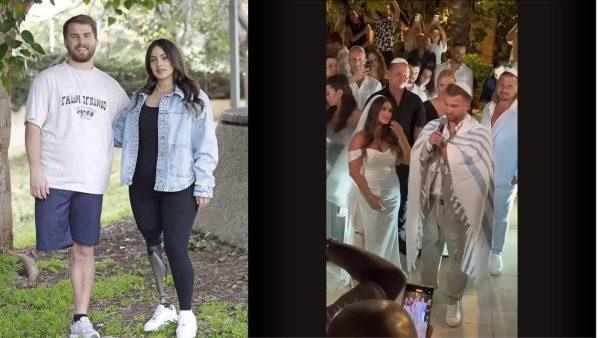
The answer, perhaps, lies in the very thing that connects dancing to mourning, the very items that helped Gali and Ben make it down the wedding aisle — shoes.
From the commandment to Moses to remove his sandals at the Burning Bush to the Shulchan Aruch’s prescription that Jews tie their left shoe before the right, shoes hold an immense yet overlooked significance in Jewish practice and history.
Hasidic masters have passed down a beautiful story about shoes and Simchat Torah. Rabbi Israel Baal Shem Tov once spoke of angels who found heaven littered with torn slippers and broken heels after one particular Simchat Torah celebration. These weren’t the usual religious artifacts the angels were accustomed to seeing, like the tefillin, tzitzit, and other sacred objects that regularly ascended to heaven.
The celestial beings observed the Archangel Michael sorting through the tattered footwear, fashioning them into a crown. Puzzled, the angels inquired what this crown was for. With pride, Michael declared that while the powerful archangel Metat would weave crowns for the Almighty from Israel’s prayers, Michael would fashion an even more glorious crown from these remnants of pure joy—the worn-out slippers of Jews dancing with such abandon that their shoes fell apart. This crown would be made not from words of devotion but from the physical expression of pure joy.
Yet shoes also carry a darker symbolism in Jewish memory. They are not only silent witnesses to the 1.5 million Jewish children who perished in the Holocaust, but have also come to represent the tragic loss of the young victims at last year’s Nova music festival.
Rabbi Yisroel Zev Gustman, a revered Rosh Yeshiva who survived the horrors of the Holocaust in the Vilna Ghetto, could never forget his son’s shoes. Rabbi Gustman witnessed his son Meir executed in his arms, and all he had left was his tiny pair of shoes.
In a desperate act that haunted him for the rest of his life, Rabbi Gustman traded his son Meir’s shoes for bread to feed his starving wife and daughter, giving away the only physical token he had left to remember his son. “Every night, before I go to sleep, I see the shoes,” he said to his students.
In the decades that he taught and shared his story, Rabbi Gustman shared that in addition to living a proud Jewish life, what brought him immense joy was to see children dancing in Israel’s streets, as they were able to express joy and vibrancy after a generation of children had been tragically cut short.
These parallel meanings of shoes — of tragedy and joy, of dancing and death — converged this year in an Gali and Ben’s extraordinary story of resilience. That carpet they walked down to their chuppah didn’t just begin at the end of the aisle. It stretches back through time, woven from the resilience of Holocaust survivors like Rabbi Gustman, extending through generations of Jews who refused to let tragedy have the final word. Each step Gali and Ben took on their prosthetic legs continued this legacy of defiance through joy, of life persisting despite everything.
This is how we dance this Simchat Torah: not with innocence or naivete, but with triumph, with the profound understanding of who we are and how our people have survived for so long. We dance knowing that every step continues the journey of those whose sacrifice made it possible for us to rejoice today. We dance like Gali and Ben at their wedding—with parts missing but with our spirits unbroken.
For this is what it means to be Jewish: to dance with broken shoes, to celebrate with broken hearts, to move forward even when we’ve lost our footing, and to keep dancing even when the music seems to have stopped.
This story was originally published on the Forward.




